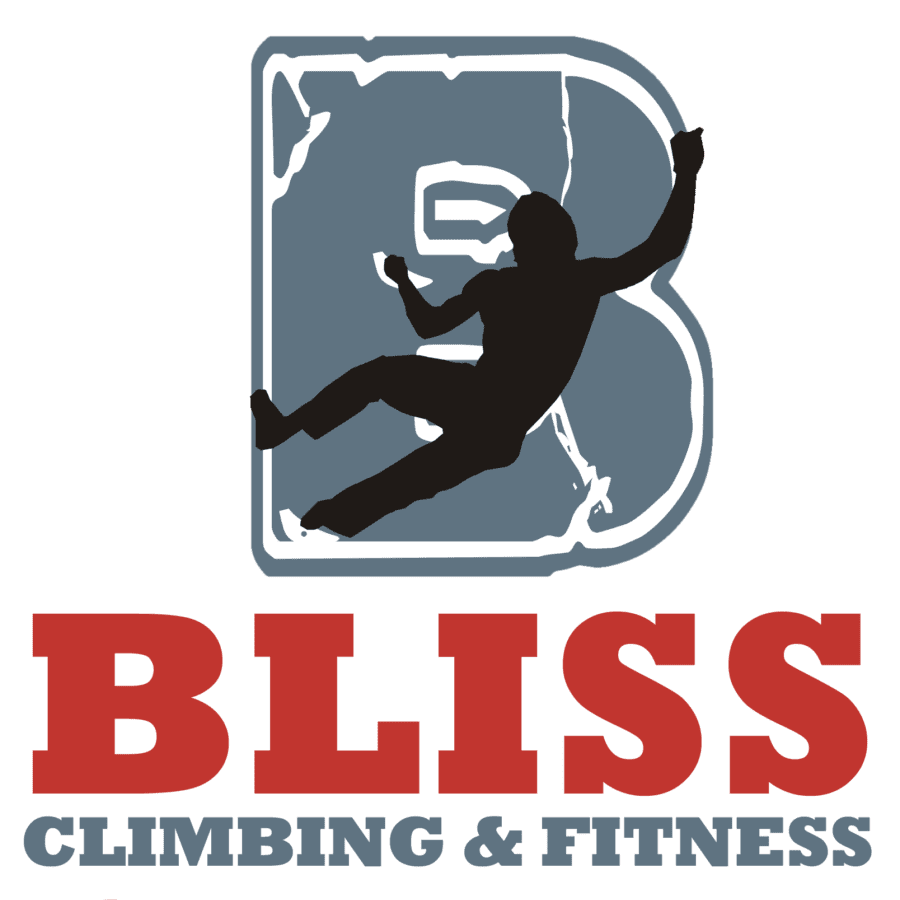
When I was twelve years old, my dream was to be a pop star. Donny Osmond to be specific. Donny was the Justin Bieber of my day (minus the jerk factor), and I was going to be just like him: the dance moves, the showmanship, the music. I even formed my own family band: The Cousins. (Don’t judge me!) Our first performance was to a sold out crowd (Mom, Dad, Uncle Gene and Aunt Sharon). That was also our ONLY performance. What happened? (I mean besides a paucity of talent and maybe a slight lack boyish good looks in our band leader :O).
We had passion, we had excitement, and we had a dream. What we didn’t have was a plan to realize it.
We all have goals. They may include passing chemistry, getting a promotion, or here at Bliss, sending that sweet 5.10 route that keeps swatting us off like a fly on a horses back. But the goal itself is not enough. We need a plan. We need to set smaller goals to accomplish the big one.
Let’s look at that 5.10 (since this IS a climbing blog).
After we’ve chosen that as our big goal, the next step is to evaluate why we can’t do it. Is it an endurance issue (we can do all the moves, but get too tired to put it all together), a strength issue (some of the moves we physically can’t get through) or maybe a technique issue (we can power through the moves, but can’t stick them consistently)?
Next we want to set some smaller goals that will work up to the larger one. Let’s say we are having a problem with both strength and technique.
From the strength standpoint, let’s break down a bit further what the problem is. Is it finger strength, pull up strength, or the ability to lock off your static hand while the active one moves. Once we have identified that, we can head upstairs to the Bliss training area and begin working on that type of strength. It will help tremendously if we can measure our progress and keep track of it in a training log. That way we can see the improvements and not quit out of discouragement because we are still not sending our 5.10.
For the technique component, let’s see if maybe we can find a similar move on an easier route or perhaps upstairs on our system’s wall that can help us dial that type of movement in. If possible, enroll the help of a friend. Accountability and a little coaching can go miles toward helping us realize our goals.
Finally, let’s set a time frame for improvement. For example, maybe we can say in 4 weeks we will be able to do seven pull-ups with lock-offs at each move. The time doesn’t need to be written in stone and if it doesn’t happen it doesn’t, but it offers a type of urgency that tends to push us forward. (and all of us could use a push 😉 ).
So there you have it. A mnemonic that I like for setting these goals is called S.M.A.R.T. Goals:
- S. Specific (5.10)
- M. Measurable (number of pull-ups or smooth movement on a 5.9 then 5.10)
- A: Action (specific actions that need to be done and progressed through)
- R: Relevant (relates specifically to your goal. i.e.: running 5 miles a day, while great for your general health will probably not help a lot with your problems on the 5.10)
- T: Time-bound (gives a time frame that you need to work at to accomplish)
Give it a try. Apply these principles to any goals. I guarantee you will see progress. And maybe if I had known this in 5th grade, I too could have my own show in Branson today playing to groups of retirees. Until next time . . .
Climb hard and Follow Your Bliss,
David

